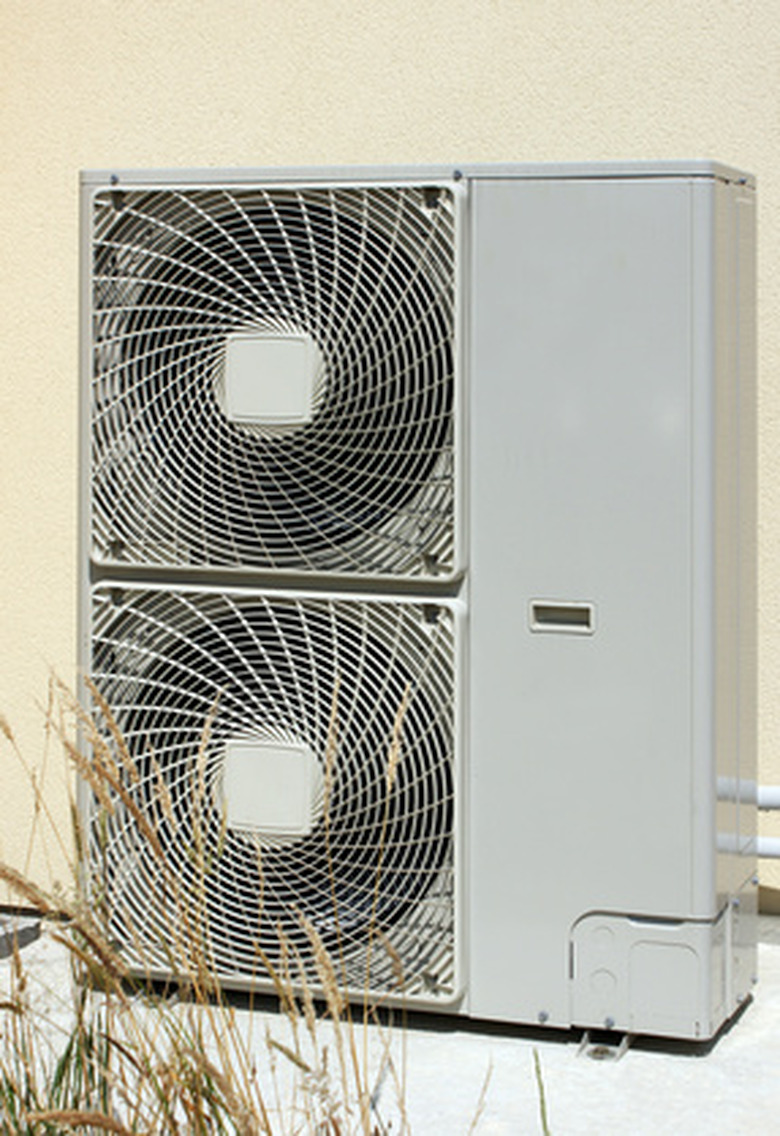Pros & Cons Of Placing A Heating & Cooling Unit Into A Crawl Space
Installing a heating, ventilation and air conditioning (HVAC) unit in a crawl space presents an entire series of pros and cons. A crawl space by nature is a special area of the home, having both benefits and detractions when locating a unit. After understanding what benefits and detractions are in place, a homeowner can make an informed decision whether to place or not to place an HVAC unit in the crawl space.
Outside Space Considerations
Outside Space Considerations
A heat pump or HVAC unit takes up space in a yard. If the yard is small, every usable square foot counts. Furthermore, if an outside pool is to be installed, zoning laws may prevent a pool or hot tub from being to close to a HVAC unit. Installing the unit in the crawl space is an efficient use of wasted space.
Aesthetics
Aesthetics
A heat pump or HVAC unit, by nature is not very "pretty." They are big, bulky metal boxes usually painted battleship gray. Engineers are not artists, and really don't give much thought to the appearance. Furthermore, they are loud when the fans kick in. If you are decorating or landscaping, they will stick out like a sore thumb. By hiding the unit in the crawl space, the issue of it not blending in well with your outside decor is eliminated.
Weather Shielding
Weather Shielding
When mounted outdoors, an HVAC unit is not shielded from the weather. Constant bombardment by the elements takes its toll on the fan motor and other corrosion prone elements. This problem becomes more pronounced if the home is near a coastline, since salt-water mist has highly corrosive properties. By locating a HVAC unit in a crawl space, it is shielded from the weather.
Radon Gas
Radon Gas
Radon is a naturally occurring radioactive gas in the soil, radon peculating up through the soil is not good, since radiation is a known source of cancer and birth defects. According to the University of Maine, radon gas is the No. 2 cause of respiratory cancer, second only to smoking. If the crawl space does not have proper ventilation, radon concentrates in the trapped air inside the crawl space. The HVAC's air pickup is in the crawl space, and it spreads the radon laden air into the house. The University of Maine recommends proper venting of a crawl space to prevent radon gas buildup.
Mold
Mold
A crawl space is a dark, damp area. In the summertime, it is also hot. According to the EPA, this is a perfect environment for mold growth. Since the HVAC's air pickup is in the crawl space, the rushing-in air picks up mold spores. These spores circulate throughout the house. A regular filter will not stop spores, since they are microscopic in size. Mold is responsible for respiratory ailments, and the problem becomes severe with small children. To prevent mold growth, proper air circulation in the crawlspace is necessary.
Combination Problem
Combination Problem
If the crawl space does not have proper ventilation, a combination effect takes place. Both radon gas and mold is picked up by the HVAC's air inlet. This is a compounded problem, since now mold-laden and radioactive air is circulated throughout the house. The only way to prevent this cumulative problem is to ventilate out the crawl space properly.
Accessibility
Accessibility
The HVAC unit is an electro-mechanical device. Like all devices, sooner or later a part will break down. A crawl space derives its name from the act of crawling. If the unit breaks down, you or a technician has a very confined area in which to work. The HVAC unit has to be accessible from all sides so disassembly will be feasible. The way to achieve this is by preplanning the location of the unit. You must allow enough room around the unit for disassembly and repair.
